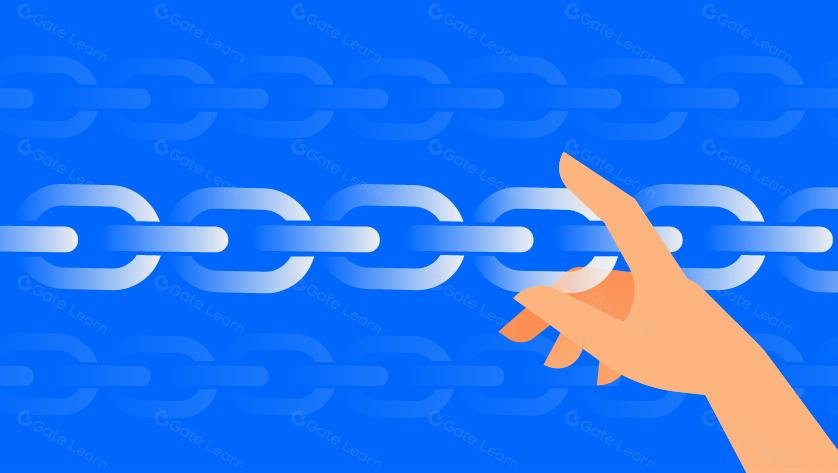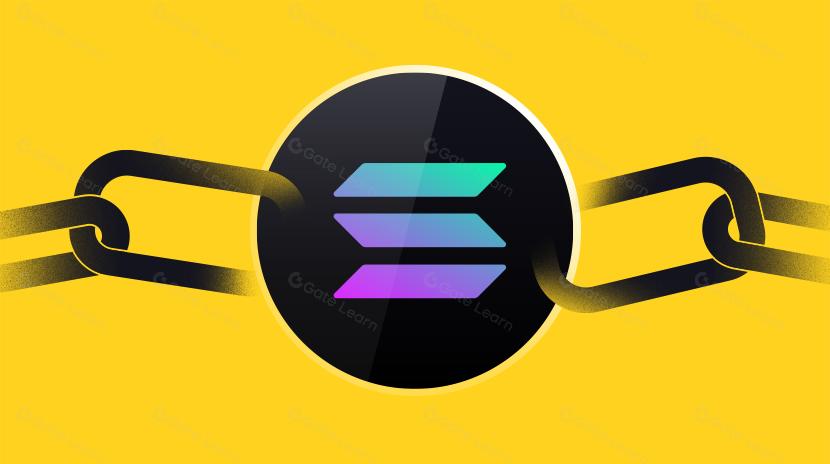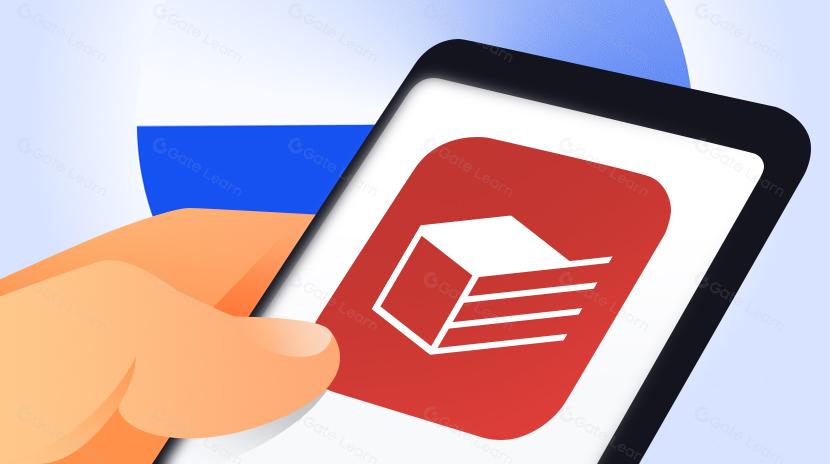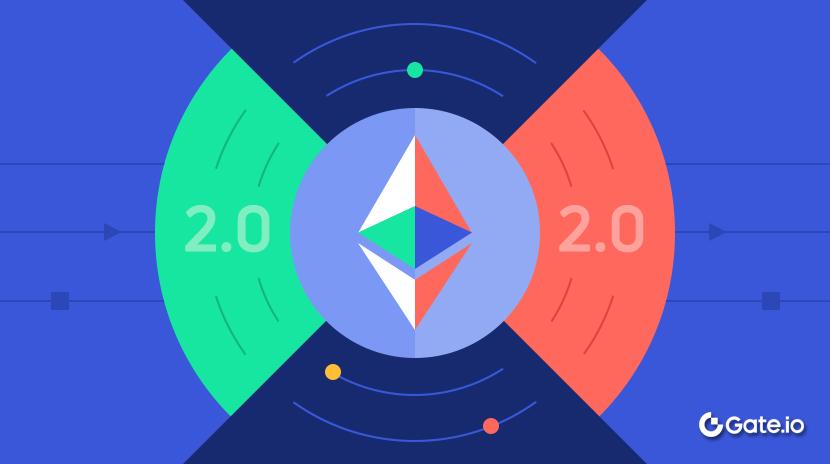Get Rid of “Crypto”
Call me old fogey. I just don’t like the term “Crypto.” Back in 2011, it was indeed a clear category, with only one type of crypto - Bitcoin. Nowadays, it has lost its meaningfulness as a term and, if anything, might even lead to regression in understanding.

The chart from Fidelity above is a typical example. It suggests that clients should conservatively invest 40% of their wealth in “stocks,” 59% in “fixed income,” and the remaining 1% in “Crypto.”
These categorizations are meaningless because in most cases, Crypto is stocks; in other cases, Crypto is fixed income.
Take the MKR token, for example. It is based on the Ethereum network and ranks among the top 100 crypto assets by total market capitalization on CoinGecko. You might think it belongs to Crypto, but hold on, as an MKR holder, you have the right to receive income from MakerDAO.
MakerDAO is actually an offshore bank, granting you rights such as buybacks, voting power, and the right to claim remaining assets after compensating creditors in bankruptcy. This is equity! Yes, buying MKR is economically equivalent to buying shares in a U.S. bank.
Similarly, the DAI token is a payment tool issued by MakerDAO on Ethereum (also known as a stablecoin) and ranks 25th by total market capitalization on CoinGecko. It sounds like Crypto too. But apart from being pegged to the dollar, DAI also pays a 5% interest. This indisputably places it in the fixed-income category, just like uninsured interest-bearing accounts in U.S. banks.
So, what exactly is Crypto?
The term “Crypto” describes a database technology rather than an asset class. Various asset classes, such as stocks, bonds, options, and savings accounts (or various combinations thereof), can be recorded and stored in Crypto databases, just like MKR issuance on Ethereum (one of the most popular Crypto databases). These Crypto databases are in the same category as Azure SQL databases or Oracle databases. They record assets but are not assets themselves.
So now you can understand why it’s absurd for Fidelity to advise clients to invest 99% in stocks + fixed income and 1% in Crypto. This is a categorical error, akin to Fidelity advising people to hold 99% equity + fixed income and the remaining 1% stored in an Oracle database.
Telling clients to invest 1% of their wealth in generic assets stored in an Oracle database is not just a categorical error; it sounds rather reckless. Oracle databases host all sorts of crazy financial information, including sports betting and Zero Days to Expiration (0DTE) Options. As for Crypto databases, they are notorious for being rife with financial scams such as Ponzi schemes.
Crypto does not refer to an asset class, but to a database technology that describes the occurrence of an asset. The best thing to do is, to get rid of the term altogether.
Disclaimer:
This article is reproduced from [marsbit], and the copyright belongs to the original author [JP King],Compiled by: Luffy, Foresight News,If you have any objections to reprinting, please contact Gate Learn Team , the team will handle it as soon as possible according to relevant procedures.
The views and opinions expressed in this article represent only the author’s personal views and do not constitute any investment advice.
Other language versions of the article are translated by the Gate Learn team. Without explicit mention of Gate.com, reproduction, distribution, or plagiarism of the translated article is prohibited.
Related Articles

The Future of Cross-Chain Bridges: Full-Chain Interoperability Becomes Inevitable, Liquidity Bridges Will Decline

Solana Need L2s And Appchains?

Sui: How are users leveraging its speed, security, & scalability?

Navigating the Zero Knowledge Landscape

What is Tronscan and How Can You Use it in 2025?
